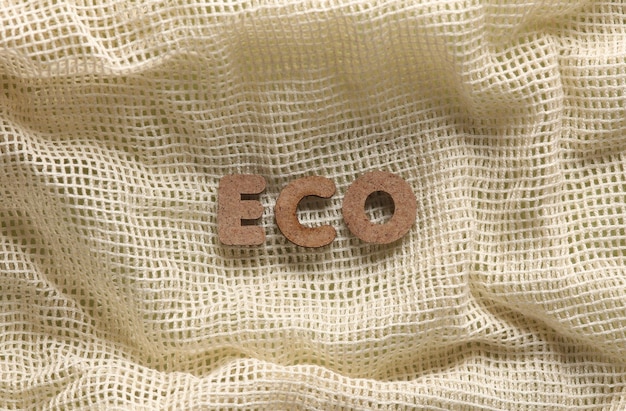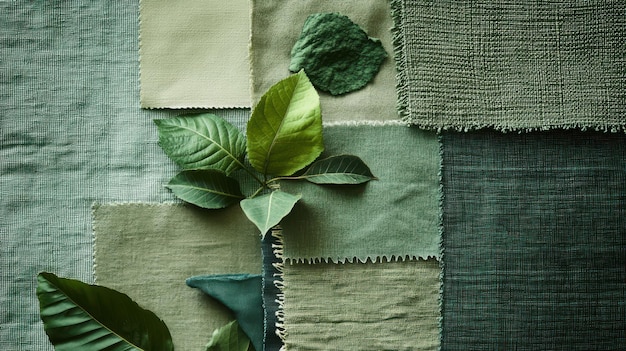Sustainable Clothing Brands US: 2025 Ethical Shopper’s Guide

Advertisements
Sustainable Clothing in 2025 means identifying brands that truly walk the talk. Focus on eco-materials, fair labor, and traceable supply chains.
The industry’s growing impact is pushing shoppers toward transparency. This guide highlights US leaders that prove sustainability every day.
Use it to cut through noise, verify real claims, and shop smarter. Your choices help shape fashion that values people and the planet.
Advertisements
Understanding sustainable fashion in 2025
Sustainable Clothing fashion now means holistic responsibility, not just organic cotton. It spans materials, labor, circularity, and verified reporting.
Shoppers demand proof, not promises, with audits and certifications. Brands respond with clear data on factories, wages, and impacts.
Progress beats perfection, and transparency builds durable trust. The leaders iterate, measure, and share results openly.
Advertisements
The pillars of modern sustainable fashion
Materials matter: organic, recycled, and next-gen fibers reduce harm. Think Tencel, hemp, and plant-based leathers like Pinatex.
Ethical production means living wages and safe workplaces. Independent audits and worker voice programs are crucial.
Circularity cuts waste via repair, resale, and take-back loops. Transparency and third-party standards drive accountability.
key certifications and what they mean
Labels help decode complex claims across the supply chain. They offer independent verification of social and environmental standards.
Standards evolve, but cornerstone frameworks remain reliable. Use them as shortcuts while still checking brand disclosures.
Certifications aren’t mandatory proof of virtue for all. Small brands may excel but lack budget for labels.
Decoding ethical fashion labels
GOTS certifies organic fibers and safer processing. It also addresses worker protections alongside chemistry.
Fair Trade Certified focuses on wages and community funds. It improves livelihoods across farms and factories.
B Corp evaluates whole-company impact and governance. OEKO-TEX screens finished textiles for harmful substances.

Top sustainable clothing brands in the US for 2025
US options now span price points, styles, and sizes. Sustainability no longer means sacrificing aesthetics or fit.
Leaders publish impact data, set science-based targets, and improve. They design durable garments meant to be repaired.
This diversity empowers shoppers to choose better basics. And it accelerates change across the wider market.
Brands making a difference
Patagonia advances repair culture and recycled inputs. Activism and grants extend impact beyond apparel.
Everlane pushes cost transparency and factory disclosures. Recycled lines reduce reliance on virgin plastics.
Cuyana bets on “fewer, better” timeless designs. Girlfriend Collective turns waste into high-performing activewear.
Ethical sourcing and transparent supply chains
A garment crosses many hands and borders before sale. Ethical sourcing protects people, animals, and ecosystems.
Transparency maps farms, mills, dye houses, and factories. It invites scrutiny and enables continuous improvement.
When Sustainable Clothing brands share data, shoppers can verify claims. Trust grows, and accountability becomes standard practice.
The power of traceability
Traceability tracks fibers back to origin with evidence. It covers farming, chemistry, labor, and logistics.
Direct partnerships stabilize quality and worker outcomes. Long-term relationships outlast transactional sourcing.
Publishing supplier lists and audits empowers consumers. It turns purchases into informed acts of advocacy.
Circularity and waste reduction initiatives
Fashion’s linear “take-make-waste” model strains resources and ecosystems. Circular design extends product life and keeps materials circulating.
Sustainable Clothing Brands now rethink clothing for durability, repair, and recyclability. Mono-materials and strong construction simplify end-of-life recovery.
Waste transforms into feedstock via resale, upcycling, or compostables. These methods safely close loops and reduce landfill impact.
Innovative approaches to waste management
Longevity begins at design with durable, timeless garments. Care guides encourage consumers to extend wear over years.
Take-back and repair programs keep clothes in circulation. Deadstock and fabric scraps become innovative new products.
Investments in textile-to-textile recycling scale solutions. Cross-sector partnerships accelerate infrastructure and wider adoption.

Making conscious choices: a shopper’s guide for 2025
Conscious shopping starts with research and fact-checking. Sustainability reports and third-party ratings provide essential context.
Buying less but investing in quality pieces reduces waste. Vintage and secondhand options lower demand for new goods.
Support circular brands with take-back or repair services. Care habits like cold washing and air-drying save resources.
Empowering your ethical wardrobe
Check labels for organic, recycled, or innovative fibers. Linen, hemp, and Tencel are excellent sustainable choices.
Choose brands offering resale, repair, or take-back programs. These initiatives strengthen circular models and reduce waste.
Mend, tailor, and launder thoughtfully to extend lifespan. Dispose responsibly only when options are exhausted.
The future of sustainable fashion in the US
Expect more accountability with measurable environmental goals. Regulations will require lagging brands to comply.
Digital tools will map full supply chains transparently. This data powers smarter design and efficiency.
Circular models will grow across apparel categories. Brands will align profit with sustainable purpose.
Evolving trends and predictions
Material innovation will scale lab-grown and bio-based textiles. Blended-fiber recycling will further cut landfill impact.
Blockchain and digital passports will enable hyper-traceability. Shoppers will scan codes for supply chain details.
On-demand micro-factories will curb costly overproduction. Rental and resale platforms will become mainstream options.
| Key Point | Brief Description |
|---|---|
| 🌱 Ethical Materials | Prioritizing organic, recycled, and low-impact fabrics to reduce environmental footprint. |
| 👷 Fair Labor | Ensuring fair wages, safe conditions, and human rights throughout the entire supply chain. |
| ♻️ Circular Practices | Brands focusing on repair, resale, recycling programs, and designing for longevity. |
| 🔍 Transparency | Openly sharing supply chain details and impact reports to build consumer trust. |
Frequently asked questions about sustainable fashion
In 2025, a sustainable clothing brand goes beyond eco-friendly materials, embracing ethical labor practices, transparent supply chains, and circular initiatives like repair and recycling programs. It focuses on reducing environmental impact and improving social welfare from design to end-of-life, embodying holistic responsibility.
Look for third-party certifications like GOTS, Fair Trade, or B Corp, which verify claims. Brands with transparent supply chains that detail their factories and material sources are more trustworthy. Research independent ratings (e.g., Good On You) and be wary of vague statements without supporting evidence.
Often, yes. Sustainable brands factor in the true cost of production, including fair wages, cleaner manufacturing processes, and higher-quality, eco-friendly materials. While the initial price might be higher, these garments are typically more durable, offering a better cost-per-wear and reducing long-term consumption.
Certifications provide independent verification that a brand meets specific environmental or social standards. They serve as a reliable indicator for consumers, simplifying complex sustainability claims and ensuring accountability. Examples include GOTS for organic textiles and Fair Trade for ethical labor.
Embrace secondhand shopping, utilize clothing rental services, and prioritize repairing garments to extend their lifespan. Care for your clothes properly to reduce wear and tear. These actions significantly reduce demand for new production and minimize textile waste, making a substantial positive impact.
Conclusion
The journey toward a Sustainable Clothing fashion industry in the US is gaining speed. Dedicated brands and conscious consumers are driving this vital change.
In 2025, innovation and transparency define the landscape. Shoppers now enjoy diverse ethical choices across all styles and budgets.
By supporting eco-materials, fair labor, and circular design, consumers shape a responsible future. Together, style and sustainability thrive in harmony.